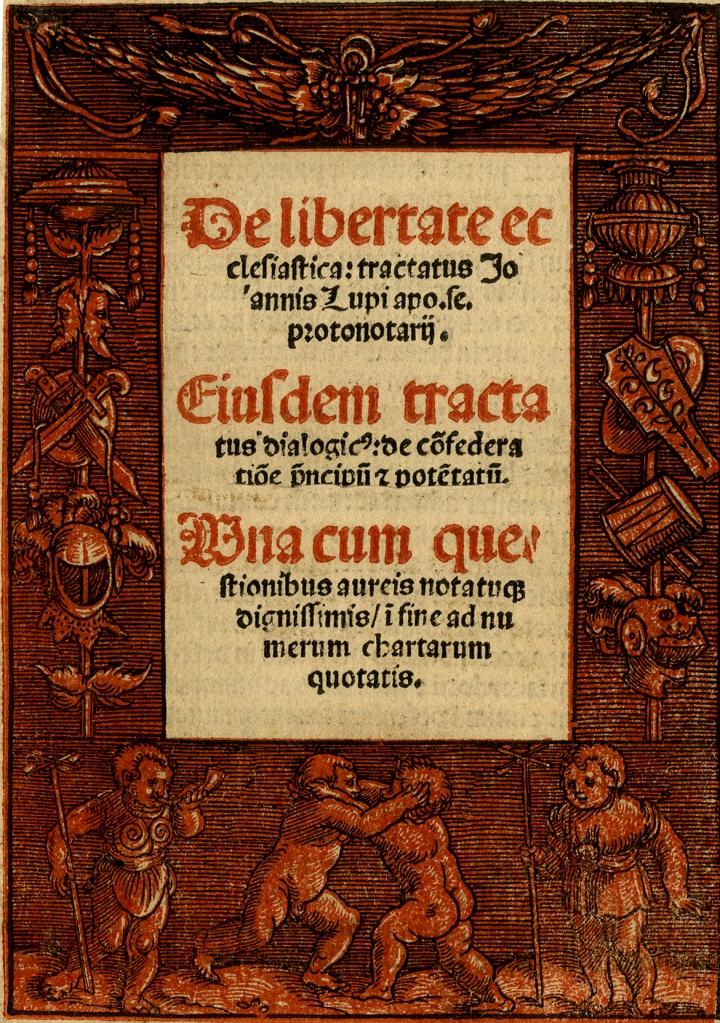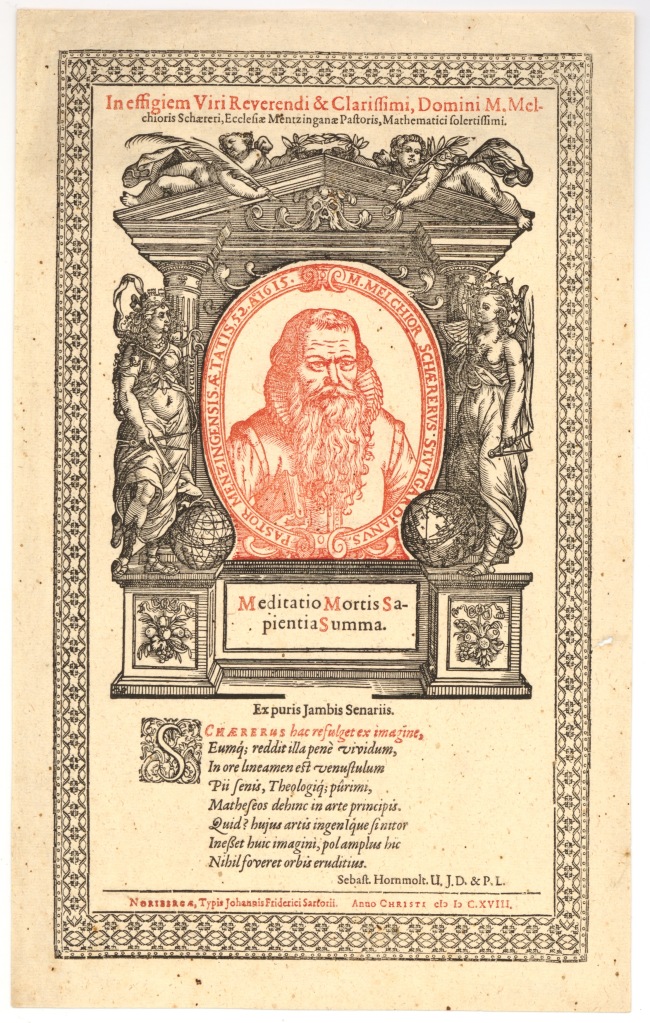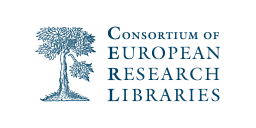By Elizabeth Savage, Senior Lecturer in Book History and Communications, School of Advanced Study, University of London
The British Museum houses one of the world’s most significant collections of early modern German colour prints. In 2015, Elizabeth Savage curated a display on the topic. Continuing research led to a wonderful new publication, Early Colour Printing: German Renaissance Woodcuts at the British Museum. In effect, this is the first major study of these rare milestones of cultural heritage and technology, including previously unidentified examples like the ex libris of Anton Woensam. The book, which pans medieval printing in the late 1400s through the Renaissance and Reformation of the 1500s in the German-speaking lands, does justice to the material through the detailed descriptions and reproductions it offers.

The history of colour printing has focused almost exclusively on artworks in museum collections, and Early Colour Printing features masterpieces by leading figures like Erhard Ratdolt, Lucas Cranach, Hans Baldung Grien, and Hans Burgkmair, as well as unfairly overlooked entrepreneurs and innovators like Erasmus Loy (and his daughter Anna).
It departs from previous scholarship by equally featuring colour-printed material in books and broadsides and suggesting that the most common sites of colour printing are in materials that are found mainly in research libraries today: texts, illustrations, title borders, colophons, calendars, diagrams, and other elements of books. Early Colour Printing offers a new context of production, one focused on the printers who produced these vivid works. For example, it is well known that Baldung designed some of the first single-sheet colour prints in Strasbourg in the 1510s, but not that Johann Schott printed them as well as equally masterful title borders.

Finally, Savage’s book also includes colour printing for the decorative arts. Erasmus Loy’s arched perspectives were used as models for intarsia as well as faux intarsia; other copies survive still cut out and pasted onto walls and furniture. Metalsmiths might have worked from colour-coded models; Wendel Dietterlin’s oval print is likely a plate design, with red for gold and black for silver. As her research cuts across book history, bibliography, and art history to examine the printing techniques that enabled the production of all of these colourful texts, images, and objects, this study offers a new and expanded context for understanding colour-printed content across the fields of print heritage.


Wendel Dietterlin, Scenes from the Life of Abraham, c.1590s, etching from three plates (black, red), 420 × 323 mm (maximum dimensions). British Museum, 1973,0414.11
Printing in colour has long been considered rare and special. After all, few artists designed colour prints. But a large number of sixteenth-century German printers’ breakthroughs reproduced artworks and simplified astronomical calculations. They aided artisans and created trends in interior design. They signalled ‘red-letter days’ in liturgical calendars. They helped musicians sight-read, for example by giving f-line in red, as in the unique known copy of Peter Schöffer’s 1518 Gradual. They honoured patrons of books, as in the seven-colour frontispiece of the arms of Matthäus Lang von Wellenburgin a significant collection of motets. They marketed authors, for example by highlighting the portrait of Melchior Schärer in his calendar. These diverse new functions and markets might seem unrelated. But they are connected and can only be fully understood with reference to the underlying colour printing techniques that enabled their production.


Hans Weiditz, Arms of Matthäus Lang von Wellenburg as Cardinal of Salzburg, 1520, seven-block colour woodcut (pink, green, blue, red, grey, gold, black), 274 × 206 mm. In Ludwig Senfl, ed., Liber selectarum cantionum (Augsburg: Sigmund Grimm and Marx Wirsung, 1520). British Museum, presented by William Mitchell, 1895,0122.409
Using the collections in the British Museum’s Department of Prints and Drawings (including rare books), Early Colour Printing traces how many inventions of colour printing in the German-speaking lands began with medieval novel solutions. It illustrates how approaches were devised long before colour printing inks could be formulated, for example stencilling. Then, it shows how colour printing techniques transformed how printed material could be used during the technological and cultural revolutions of the sixteenth century. It concludes by exploring how later designers and artists around Europe celebrated these techniques’ heritage for centuries, from the ‘Dürer Renaissance’ in the seventeenth century until chromolithography revolutionised the print market in the nineteenth century. As a work of book history as much as of art history, it sheds new light on colourful printed material that is held in research libraries today.
Early Colour Printing: German Renaissance Woodcuts at the British Museum Elizabeth Savage, foreword by Olenka Horbatsch (March 2021)
ISBN: 978-1-911300-75-5 Hardback, 260 x 216 mm
256 pages, over 150 colour illus. £50 / €60 / $65 PRESS Enquiries: Kristen Wenger kristen@paulholberton.com +44 (0) 20 7407 0809


Reblogged this on jamesgray2 and commented:
This is Great!
LikeLike